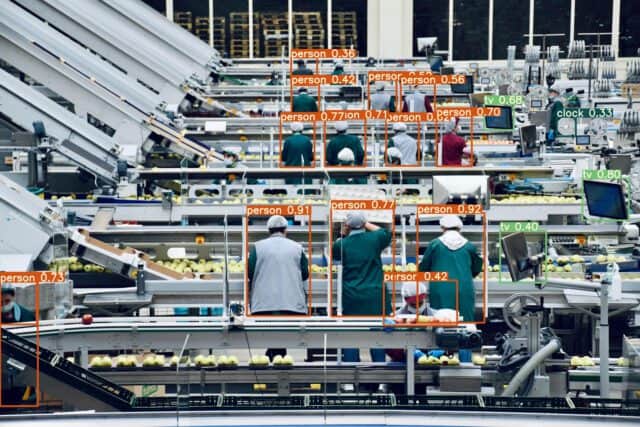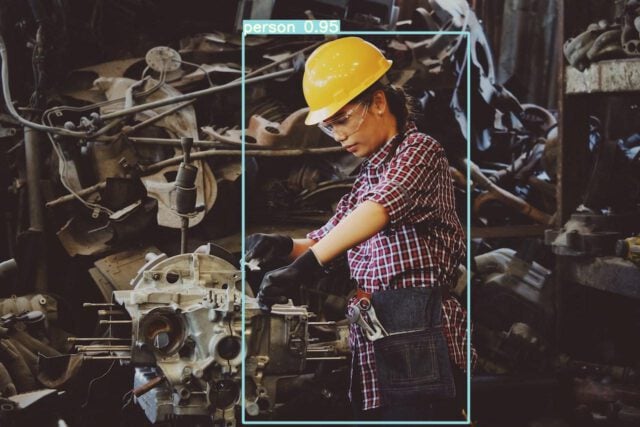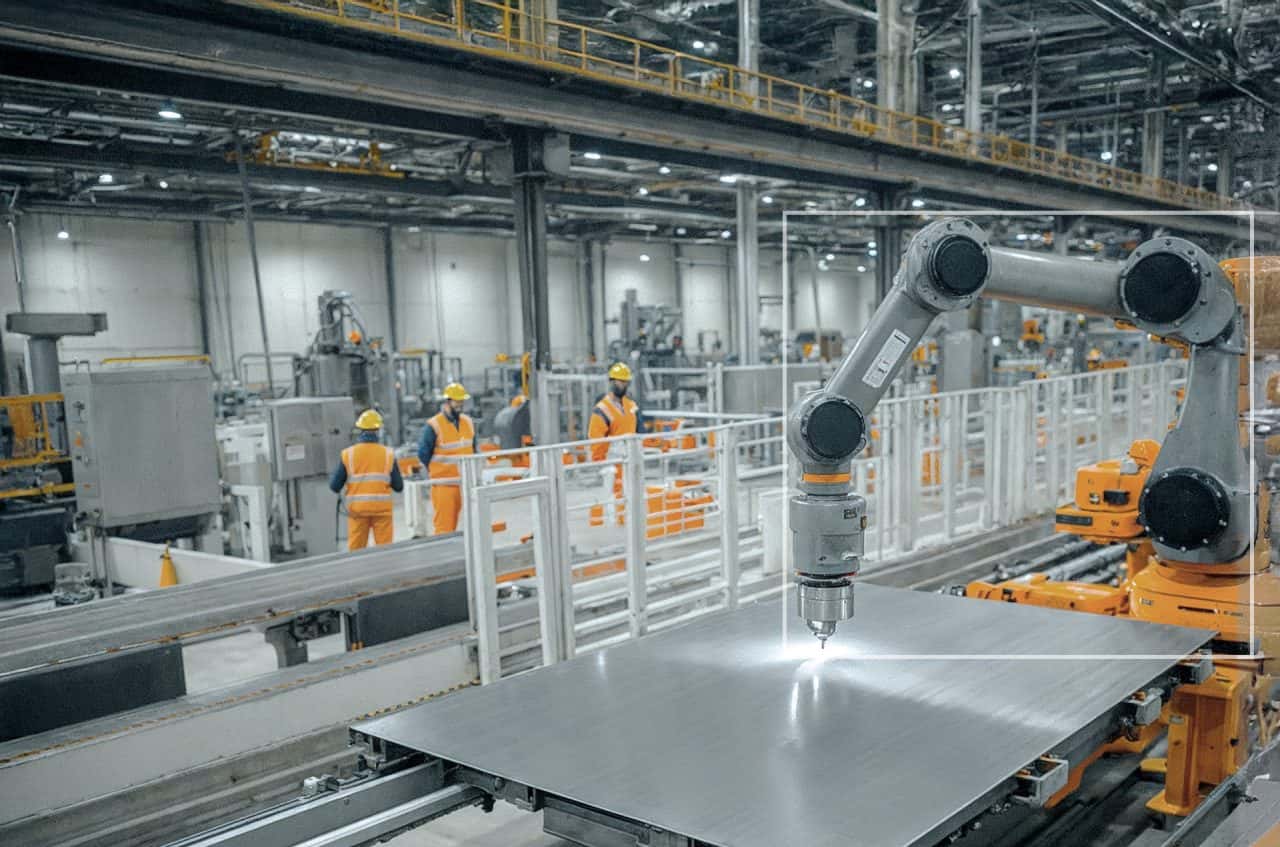Machinery performance is central to output, quality, and cost control. Every hour a critical machine sits idle represents lost revenue, delayed orders, and underutilized capacity. Yet for many facilities, machine downtime remains difficult to quantify consistently and act upon.
Operators might notice when a press, conveyor, or packaging line stalls, but unless downtime is documented precisely, its financial impact is often underestimated. Teams may rely on manual logs or periodic maintenance records to assess equipment utilization, but these approaches often miss small interruptions or provide insights too late.
Machine Utilization & Downtime Logging addresses this gap with computer vision that continuously monitors machine activity. By capturing real-time uptime and downtime metrics from camera footage, manufacturers gain accurate, unbiased visibility into how their equipment is being used and where performance is falling short.
Why machine utilization matters
In high-throughput production environments, machines represent a major portion of fixed costs and production capacity. Any deviation from expected uptime affects not only direct output but also:
- Line balancing and throughput
- Labor scheduling and staffing
- Inventory flow and takt time
- Maintenance planning and downtime prediction
A single bottleneck machine that experiences 2 hours of unplanned downtime per shift could be costing up to $2,000 daily in lost production. Identifying these hidden losses is key to increasing yield without expanding headcount or capital expenditure.

What the system tracks
Computer vision models are trained to detect machine motion, operator interaction, and production-related activity. These models identify whether a machine is actively working, idle, or powered down.
Rather than relying on PLC data or sensor integrations, this solution operates on visual inputs, thus eliminating the need for retrofitting or integration with legacy systems. Cameras positioned to view key equipment zones feed continuous footage to edge-based AI models, which classify the state of each machine in real time.
Key operational metrics:
- Downtime hours per shift or day
- Uptime percentage per machine or line
- Frequency and duration of idle events
- Time to recover after idle periods
All events are timestamped and logged for reporting, trend analysis, and escalation as needed.
How machine utilization logging works
- Camera setup: Define the visual field around each machine or cell. Existing CCTV or IP camera infrastructure is typically sufficient.
- State detection: AI models analyze motion, interaction, and environment signals to classify machine state (active, idle, or off).
- Logging and reporting: Each state change is recorded with a timestamp and duration. Utilization metrics are compiled across shifts or days.
- Thresholds and alerts: Set acceptable downtime limits for each machine. If thresholds are exceeded, supervisors receive notifications for review or escalation.
Use cases across manufacturing
Automotive Assembly
Track downtime of robotic welding stations or paint booths to optimize scheduling and preventive maintenance.
Consumer Goods Production
Monitor packaging and labeling lines for micro-stoppages that slow throughput over time.
Food and Beverage
Identify underperforming filling machines or conveyors that require frequent cleaning or adjustment.
Heavy Industry and Fabrication
Track use of CNC machines and metal processing lines to inform capex decisions and staffing requirements.

Business benefits
Improve OEE and Asset ROI
Maximize return on high-cost machinery by identifying and reducing avoidable downtime.
Enable Data-Driven Maintenance
Use real-world downtime data to support predictive maintenance strategies and reduce emergency repairs.
Align Staffing with Equipment Use
Match operator assignments with machine usage patterns to eliminate labor inefficiencies.
Optimize Production Planning
Use accurate utilization data to inform scheduling, takt time estimates, and resource allocation.
Uncover Micro-Stoppages
Log and address small pauses that add up over time and erode production capacity.
Privacy and Integration
Machine Utilization Logging is designed to protect worker privacy. The system does not log video or use facial recognition. Only machine states and timing data are stored and analyzed.
The system integrates easily with MES, SCADA, or OEE platforms through standard API connections or exportable reports. Data can also be connected to dashboards or digital twins for real-time operational visibility.
From guesswork to continuous clarity
Traditional downtime tracking methods often depend on operator notes or intermittent observations. These methods are reactive, inconsistent, and fail to provide the complete picture needed for strategic decision-making.
By contrast, Machine Utilization & Downtime Logging delivers objective, real-time visibility into how machines are performing throughout each shift. It allows manufacturing leaders to replace assumptions with actionable data, quantify the cost of inactivity, and make smarter investments in people, processes, and technology.
Machine downtime may be inevitable, but with better visibility, its impact doesn’t have to be: underused assets become visible, and continuous improvement becomes measurable.
